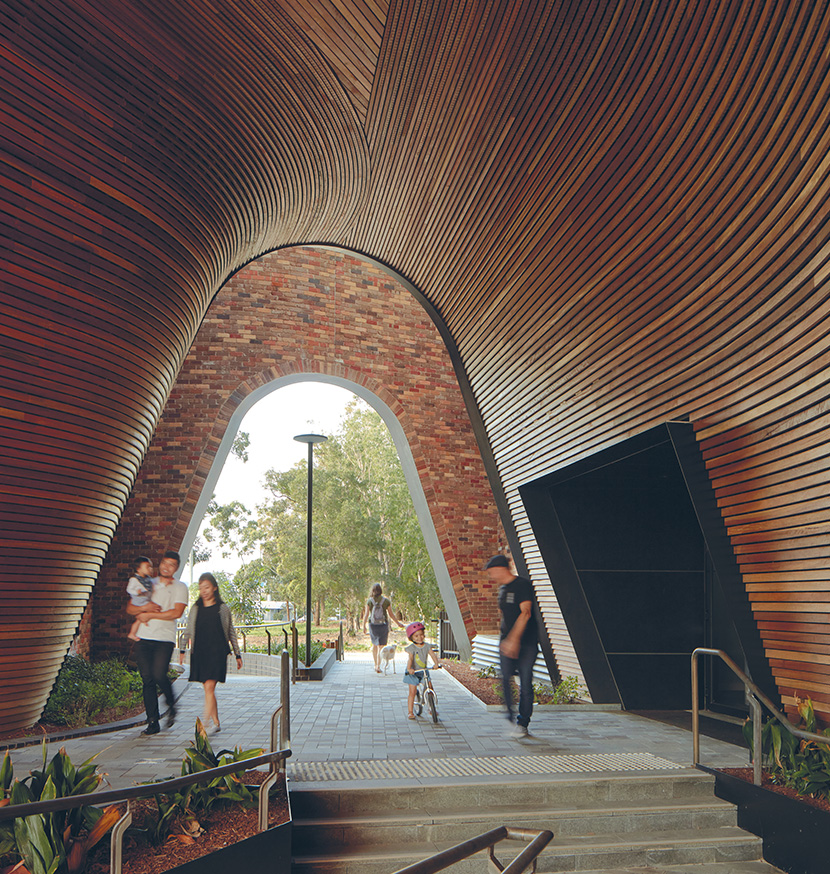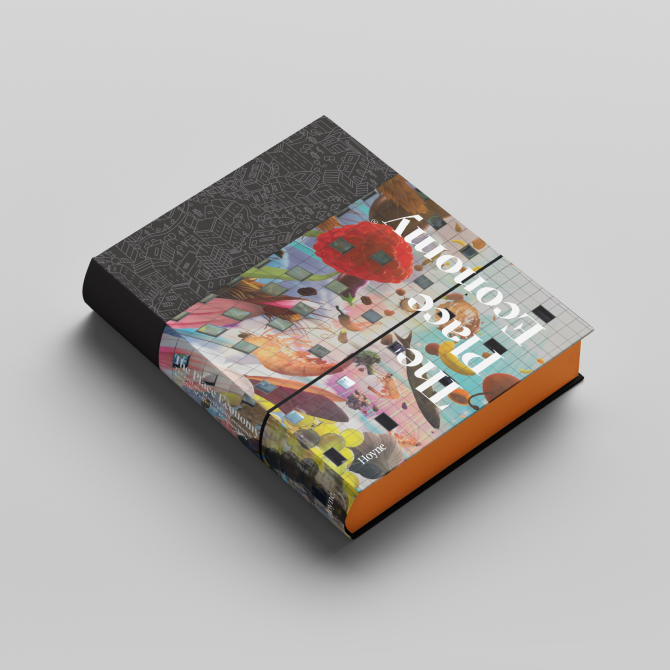
If women built our cities…
As global urbanisation picks up speed our cities are under the spotlight like never before. As a result, planners, architects and decision makers have begun to interrogate designs that, until now, have reflexively benefited able-bodied, cisgender men.
In this summarised preview from The Place Economy Volume 3, we explore the approaches that are helping us to redesign our cities around the principles of equality.
MAINSTREAMING GENDER – THE VIENNA EXPERIMENT
The female-designed city doesn’t exist – but Vienna comes closest to embodying the principles of ‘gender mainstreaming’. “Gender mainstreaming is based on the concept that equality is not a separate policy area like education or transport, but rather that these kinds of considerations belong in all areas and therefore need to be embedded in everything,” says Elise Wood, author of Lessons from Vienna, a 2020 report from independent think tank the Committee for Sydney. “That’s why in Vienna, for instance, they didn’t have a segregated women’s office that sometimes gave advice; they had a gender mainstreaming office that reported directly to the CEO so every decision being made was considered from a gender point of view.”
WHAT WOMEN WANT (WHICH ISN’T NECESSARILY WHAT MEN THINK THEY WANT)
Safety is the first thing that springs to mind in our female-designed city. But in this, as in many things, a gender bias comes into play. “Men tend to understand safety as ‘technical’ – basic trip hazards and compliant stair rails. Women think about safety differently – they tend to think about poorly-lit spaces or the behaviours of people in public space, or incidents of sexual violence – they imagine that they’re going to wind up in a news item. It’s so divergent,” says Nicole Kalms, associate professor at Monash University’s Department of Design, and the founding director of its XYX Lab, a national research leader in urban space and gender. “Floodlighting an area perceived to be unsafe can make women feel like they’re on a stage and highly visible, a target. Most women don’t want to be lit up like a Christmas tree, so any response around this has to be sensitive and appropriate. The consideration of nuanced lighting is a really great example of gender-sensitive design.”
DATA BY DESIGN
Women’s lives and experiences too often fall into data gaps. “Women and girls must be involved in designing and planning the city so that urban spaces and public infrastructure incorporate their perspectives,” says Kalms, whose XYX Lab gives a voice to women and girls through geo-mapping projects such as 2021’s YourGround. A collaboration with digital consultant Crowd Spot and 23 Victorian councils, it invited female identifying and gender-diverse Victorians to share their experiences in public spaces. The resulting data visualised hotspots and exposed patterns, giving councils the information they needed to prioritise projects and budgets.
DIVERSITY AND EQUALITY
Cities for women are about a broader, human-centred approach to city life that includes everyone. “From a design point of view, it’s moved beyond strict delineations about benefiting male or female to be about diversity and inclusion more broadly,” says Allison Heller, director of Social Value at Aurecon. “There’s an intersectionality, so what we’re really looking at here are access issues for a range of minorities – racial minorities, the LGBTIQ+ community, people with disabilities, neurodiversity, and socio-economic diversity. How we consider those things in our work, and create cities that are inclusive and welcoming for all, is an exciting conversation for all of us in these professions.”
A SEAT AT THE TABLE
The World Bank estimates just 10 per cent of senior jobs at leading international architecture firms are held by women. “In order to have an equitable city, you have to have equal representation among the people who designed that city,” says Amy Muir, Director of MUIR Architecture and past Victorian president of the Australian Institute of Architects. “The industry has had a significant gender imbalance, and while there is a huge push to engage with this issue, we’re still seeing a very low percentage of women in directorship roles. Cities are populated by 50 per cent females; therefore, to build an equitable city, surely the understanding would be that you are employing female-led practices and teams equally represented with female directors and senior staff. It’s a no brainer.”
Article by Larissa Dubecki and illustration by Costanza Goeppinger
This is a summarised extract from The Place Economy Volume 3, which is due for publication later this year.
Back




